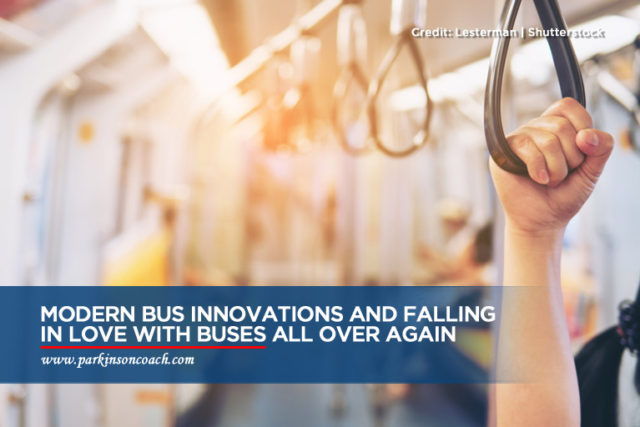Every year, around 4.4 million bus trips are taken. Buses are one of the most common types of public transit in most countries. However, with the introduction of cheaper cars in recent years, fewer and fewer people are riding the bus for their daily journey. According to studies, the maximum peak for car sales will occur in 2030, but by 2050, car sales may decline. As more individuals are lured to the benefits of city living, more communities will impose car pricing increases in order to reverse the decreasing trend and decongest the roadways. According to some experts, there will come a time when automobiles will be completely prohibited. However, 2050 is a long way off. Cities should encourage the use of more buses in order to increase efficiency and help people to become more socially integrated.
Why People Are Taking the Bus Less
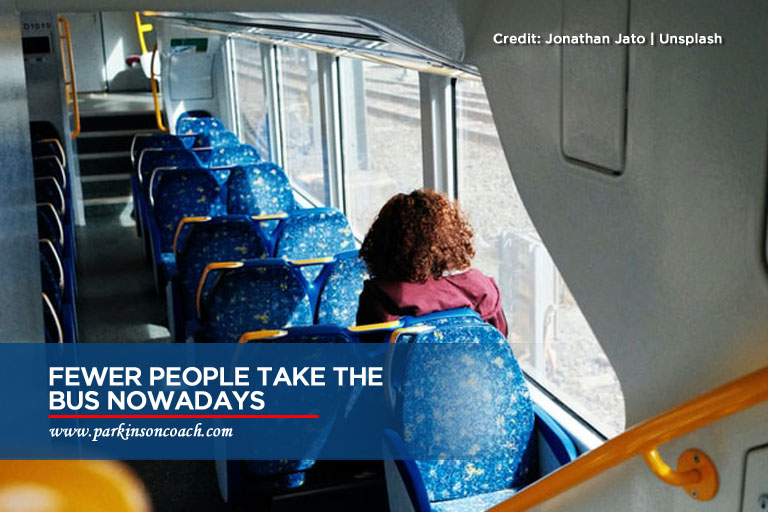
You might expect a rise in demand for buses and other forms of public transit as more people move to the city, but unfortunately, numbers are steadily declining. Here are some of the reasons why some individuals no longer take the bus.
- Delay in Getting to the Destination Due to Mechanical Difficulties
No matter how well buses are maintained, there will come a moment when they will face unexpected engine breakdowns. Most commuters will lose those few crucial moments they need to get to their destination on time.
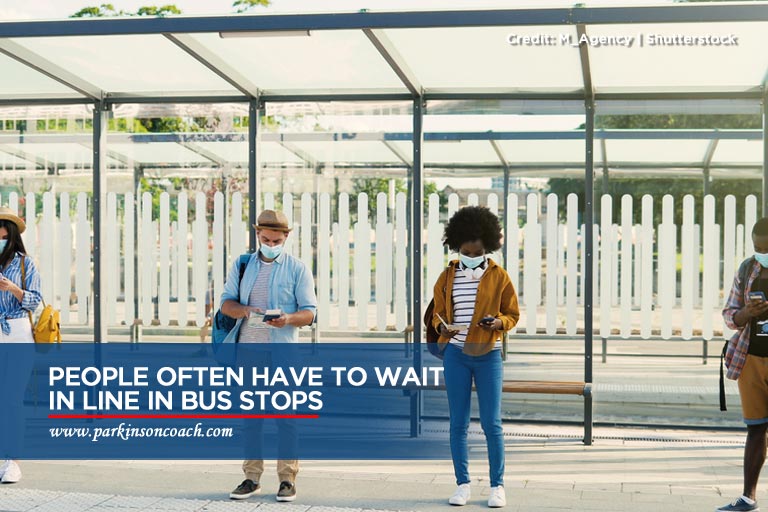
- Long Waiting Times at the Bus Stops
The lack of a regular bus schedule and factors such as traffic, accidents, or technical failures, contribute to long waiting times at bus stops. People who own their own transportation, however, have the freedom to leave the house or the office on their own terms.
- Overcrowding in Stops Before Their Stop
Commuters in densely populated areas are all familiar with overcrowding in buses. You may believe that there is a bus shortage and that there aren’t enough buses to transport everyone. In some cases, this is correct. However, there are occasionally a few more individuals in some places than in others. For example, if the bus makes three stops before arriving at your destination, it is likely that it has already picked up several passengers on the way who are travelling to the same place as you. This becomes a serious problem when you are unable to board the bus because it is already overcrowded. You have to wait longer, so you look for other ways to ride, such as buying a car or a motorcycle.
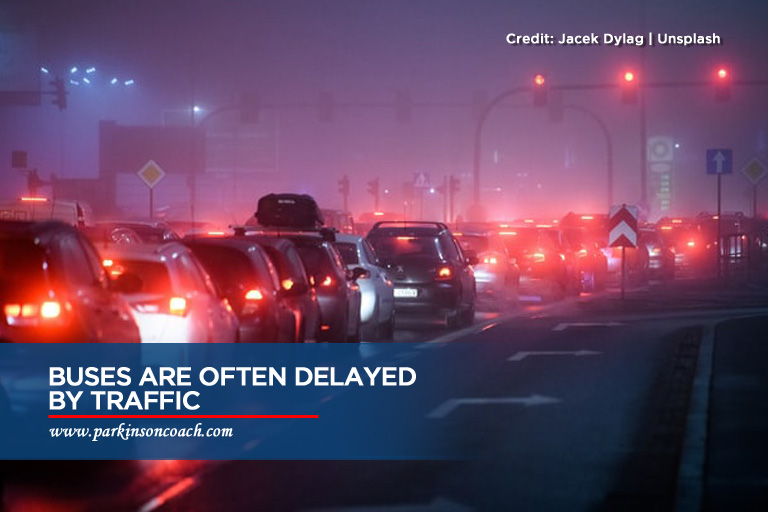
- Delayed Bus Rides Due to Traffic
Unlike cars, buses have set routes. Whether or not there is heavy traffic along its route, the bus driver has no choice but to take that road. Car owners, on the other hand, have the luxury of looking for other access roads with less to no traffic.
Modern Bus Concepts
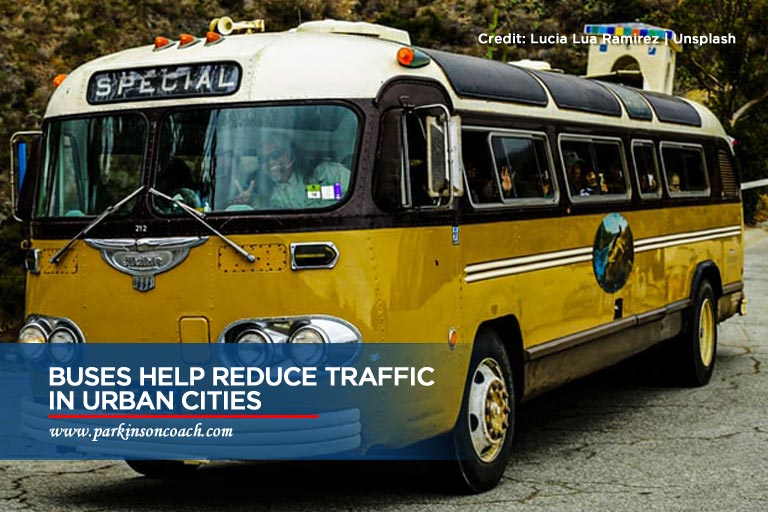
If there’s one thing that keeps changing and moving forward aside from time, it’s technology. With the rapid advancement of technology and innovation, there’s really no telling what’s next for buses.
Check out some of these bus innovations to restore your faith and love for buses. Some of these concepts are still in the works, but they have so much potential that it’s hard for them not to come to fruition in the near future.
- Driverless Buses
You may have heard of self-driving buses. Imagine having hundreds of those going around the city. Driverless buses can track the number of commuters at any one time. They run defined routes, making it possible to reduce the number of bikers, pedestrians, and private automobiles on the road. They can reduce traffic congestion and road accidents. These buses are regarded as quite safe because they have undergone so many tests and trial runs. They have motion sensors that halt them in their tracks when they detect nearby pedestrians.
- Straddling Buses
A Transit Elevated Bus, also known as a straddling bus, is designed to “straddle” above road traffic. Despite the fact that the design concept was first suggested in the 1969s, it was never put into production. One straddling bus, according to the Chinese bus designer, can replace at least 40 buses. Furthermore, because it merely goes over the automobiles, this type of bus does not face any traffic congestion. This type of bus is also capable of transporting 300 passengers in a single trip. However, it is likely that more testing and trials need to take place before this idea is road-ready.
- Electric Powered Buses
Many countries have already begun to purchase these electric buses, and the number is projected to continue to rise in the future years. Because these buses are recharged through the transmission grid, they emit fewer greenhouse gases and other hazardous pollutants. Electricity prices are also more consistent than diesel and gas prices, which fluctuate continuously. As a result, the more electric buses on the road, the more consistent bus fares become. Electric-powered buses also run quieter than diesel or gasoline-powered buses so you can enjoy your bus rides better.
- Contactless Buses
The FourC Challenge highlighted this https://unsplash.com/photos/6fF-Ojxov6o/ design as the winner. These contactless buses dubbed the “Future Bus,” will integrate access and egress so that passengers can board and exit the bus through a single huge door. The main goal of this design was to deal with the current pandemic crisis since it allows customers to ride the bus without having to touch or communicate with the bus drivers. Another feature of this bus is its contactless payment systems to truly prevent passengers from having contact with strangers.
Bus designers and engineers are now researching various bus features and designs that can benefit the environment while also reducing commuter suffering. It’s difficult to predict how far bus designs will advance as technology continues to move forward. However, one thing is certain: buses will, in general, improve over time. Many individuals will return to their bus commutes once the buses are in better condition.
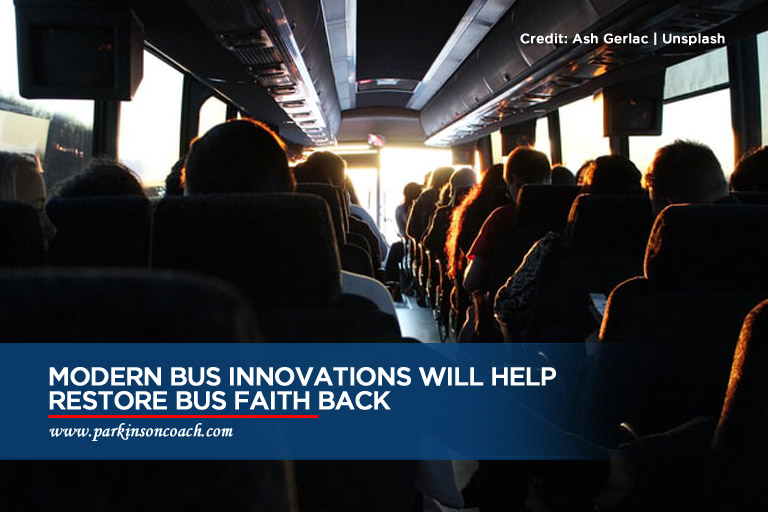
Contact Parkinson Coach Lines and choose from our choice of bus services. If you’re seeking comfortable buses for your next adventure or business trip, contact us by phone at 1-866-550-6800 or by email at info@parkinsoncoach.com.







